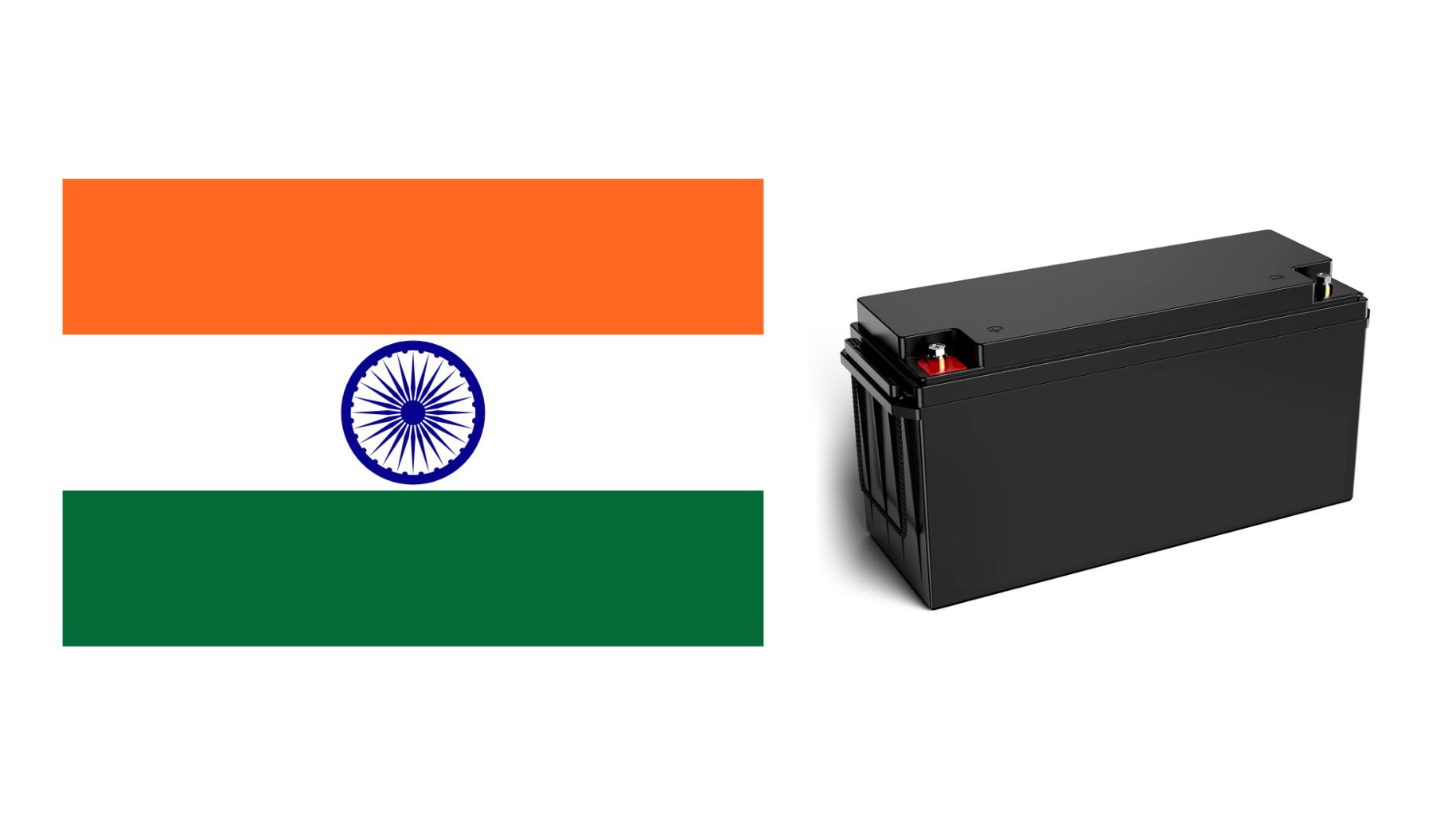
What is the Price of a 2.2kWh Lithium-Ion Battery in India?
The current price of a 2.2 kWh lithium-ion battery in India is approximately ₹25,000. This pricing can vary based on the manufacturer and specific application, such as electric vehicles or energy storage systems. Understanding the factors influencing these prices can help consumers make informed purchasing decisions.
What is the current price of a 2.2 kWh lithium-ion battery in India?

As of now, the price for a 2.2 kWh lithium-ion battery typically ranges around ₹25,000. This price point is consistent across various suppliers and is influenced by factors such as demand, technology advancements, and market competition.
| Battery Capacity | Price (INR) |
|---|---|
| 1 kWh | ₹17,000 |
| 2 kWh | ₹25,000 |
| 3 kWh | ₹42,000 |
| 4 kWh | ₹60,000 |
| 5 kWh | ₹74,000 |
How does the price of a 2.2 kWh battery compare to other capacities?
Prices for lithium-ion batteries increase with capacity. For instance, a 3.4 kWh battery generally costs between ₹15,000 and ₹20,000, while larger capacities like 5.1 kWh can exceed ₹70,000. Thus, 2.2 kWh batteries are more affordable than higher-capacity options while still providing substantial performance. The pricing structure for lithium-ion batteries shows that as capacity increases, so does the cost. For example:
- A 1 kWh battery costs around ₹17,000.
- The 3 kWh battery is priced at approximately ₹42,000.
This indicates that while larger batteries offer more energy storage, they also come at a significantly higher cost.
Also read:
How Does the Battery of the FiiO R9 Hi-Fi Media Streamer Perform?
What is the Price of a 2.2kWh Lithium-Ion Battery in India?
What Are the Benefits of Lithium Deep Cycle Batteries?
What You Need to Know About Batteries for Electric Cars?
How to Check Battery Amps with a Multimeter?
What factors influence the pricing of lithium-ion batteries?
Factors influencing lithium-ion battery pricing include raw material costs (like lithium and cobalt), production costs, technological advancements, economies of scale, and market demand. Government policies and incentives also play a significant role in shaping prices within the Indian market. Several factors can impact the pricing of lithium-ion batteries:
- Raw Material Costs: The prices of lithium, cobalt, and nickel fluctuate based on global supply and demand.
- Technological Advancements: Improvements in battery technology can lead to cost reductions over time.
- Manufacturing Scale: Larger production volumes typically reduce per-unit costs due to economies of scale.
| Factor | Impact on Pricing |
|---|---|
| Raw Material Costs | Increases with higher material prices |
| Technological Advancements | Can lower costs through efficiency |
| Manufacturing Scale | Lower costs with increased production |
Why is the TVS iQube battery a significant reference point for pricing?
The TVS iQube battery serves as a significant reference point due to its popularity in the electric scooter market and its competitive pricing. Its specifications and performance metrics provide valuable insights into the pricing trends for similar lithium-ion batteries in India.
How do government policies affect lithium-ion battery prices in India?
Government policies significantly impact lithium-ion battery prices through incentives and subsidies aimed at promoting electric vehicles and renewable energy adoption. Programs like FAME-II provide financial support that can lower consumer costs, thereby encouraging more widespread use of lithium-ion technology in India. Policies such as:
- FAME India Scheme: Provides financial incentives for electric vehicles and their components.
- Production-linked Incentives (PLI): Encourages local manufacturing of batteries to reduce dependency on imports.
These measures help reduce costs for consumers while fostering domestic production capabilities.
Industrial News
The Indian market for lithium-ion batteries is experiencing rapid growth due to increased demand for electric vehicles and renewable energy storage solutions. Recent government policies promoting EV adoption have led to significant investments in local manufacturing capabilities. As manufacturers strive to reduce costs through economies of scale and technological advancements, prices are expected to stabilize or decrease over time.
Expert Views
The future of lithium-ion batteries in India looks promising with ongoing investments and government support. As production scales up locally, we anticipate a reduction in costs which will further encourage electric vehicle adoption. – Renewable Energy Analyst
What is AH, Wh & kWh ?
AH (Ampere-Hour) measures battery capacity, indicating how much current a battery can deliver over time. Wh (Watt-Hour) quantifies energy storage by multiplying voltage by AH. kWh (Kilowatt-Hour) is a larger unit representing energy consumption over time, commonly used in electricity billing. Together, they help assess battery performance and energy needs.
FAQ Section
Here are some frequently asked questions regarding the price of a 2.2 kWh lithium-ion battery in India:
- What is the average cost of a 2.2 kWh lithium-ion battery?
The average cost is approximately ₹25,000. - How does this price compare to larger batteries?
Larger batteries like the 3 kWh are priced around ₹42,000, indicating higher costs with increased capacity. - What factors contribute to fluctuations in battery prices?
Factors include raw material costs, technological advancements, and manufacturing scale. - Are there government incentives available for purchasing these batteries?
Yes, initiatives like the FAME India Scheme provide financial incentives for electric vehicle purchases. - Is it expected that prices will decrease in the future?
Yes, with increased local production and technological improvements, prices are likely to stabilize or decrease.
Know more:
How Long Can You Expect a 5kWh Lithium Battery to Last?
How to Determine if a 100Ah Lithium Battery Can Run a 2000W Inverter
How Much Lithium is Needed for a 1 kWh Battery?
What is the Price of a 2.2 kWh Lithium-Ion Battery in India?
